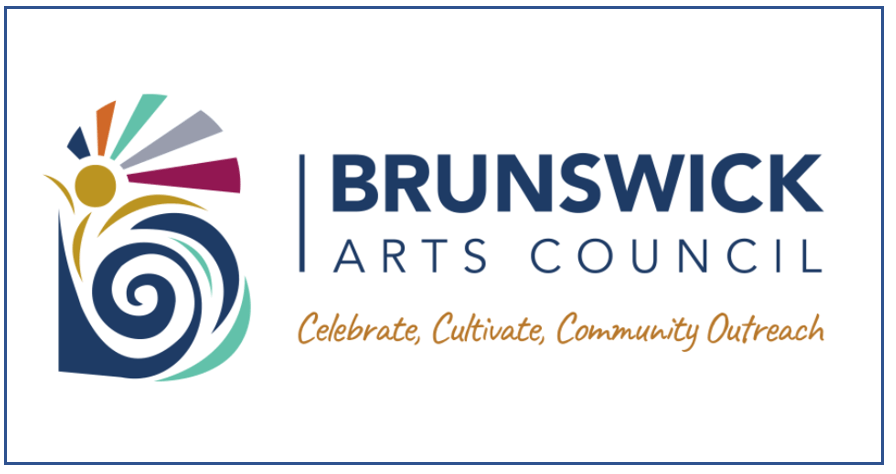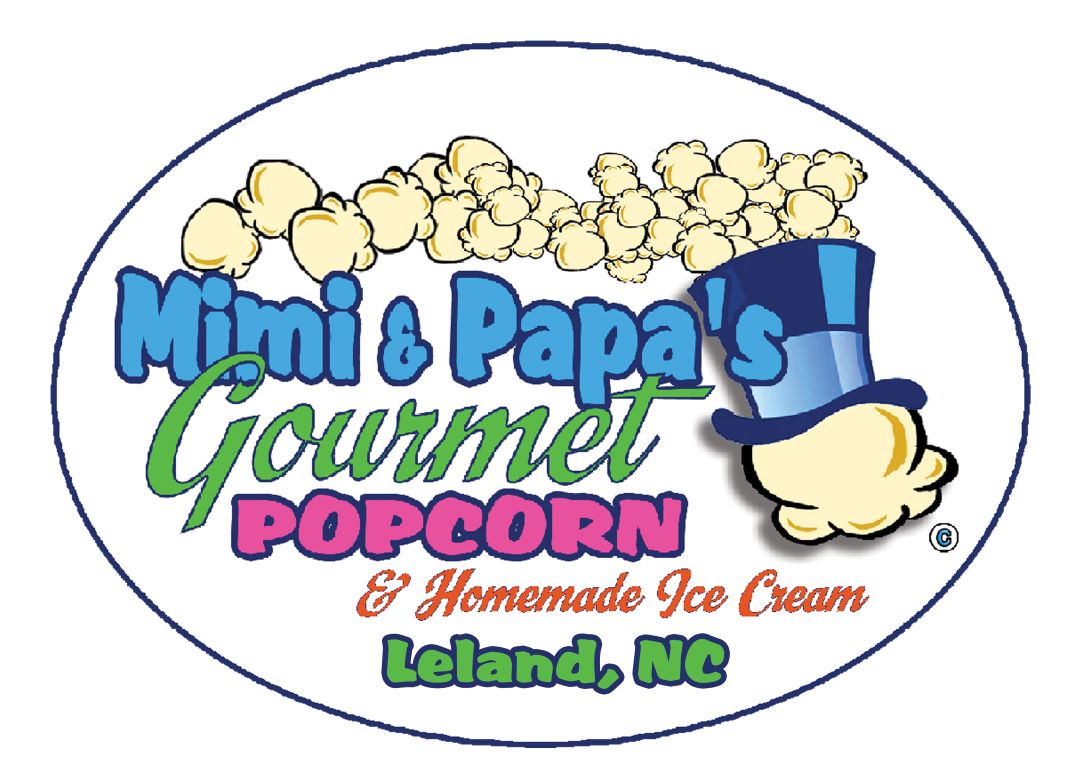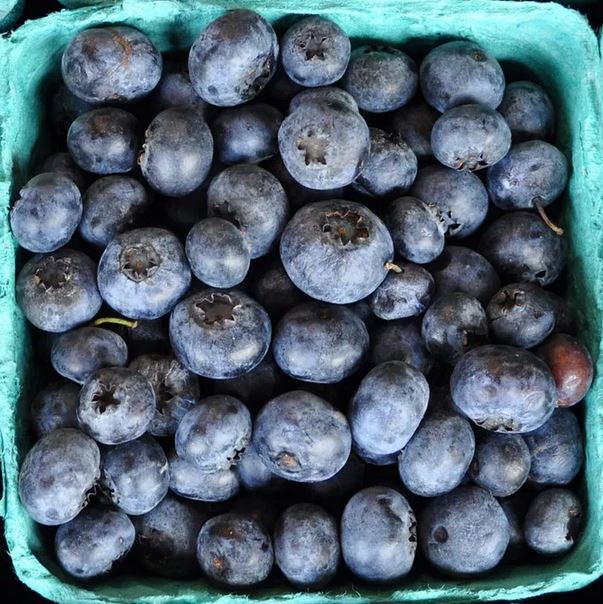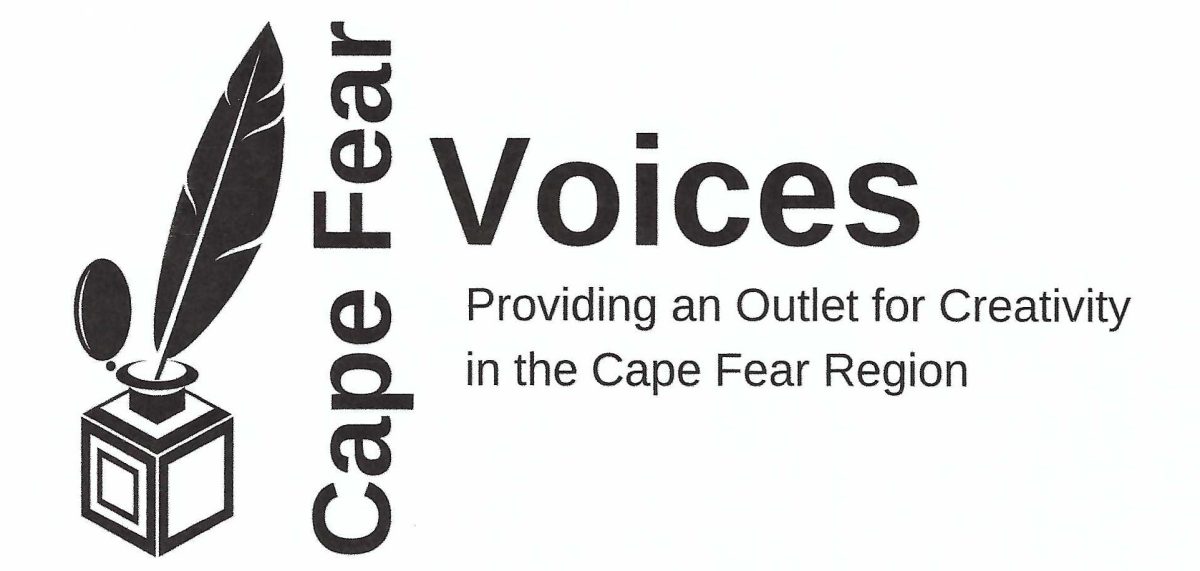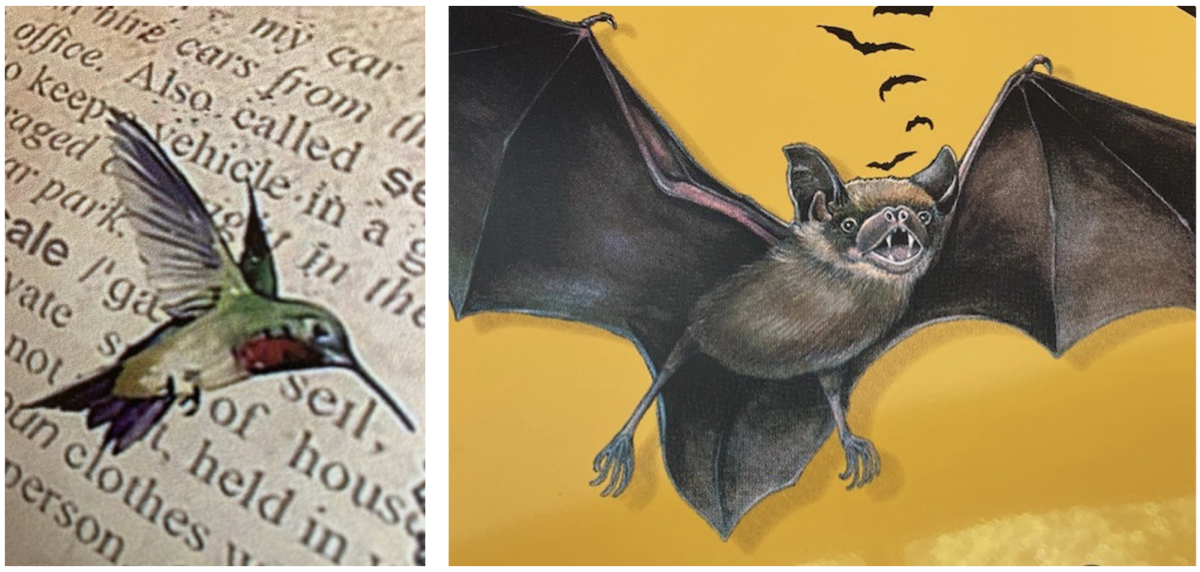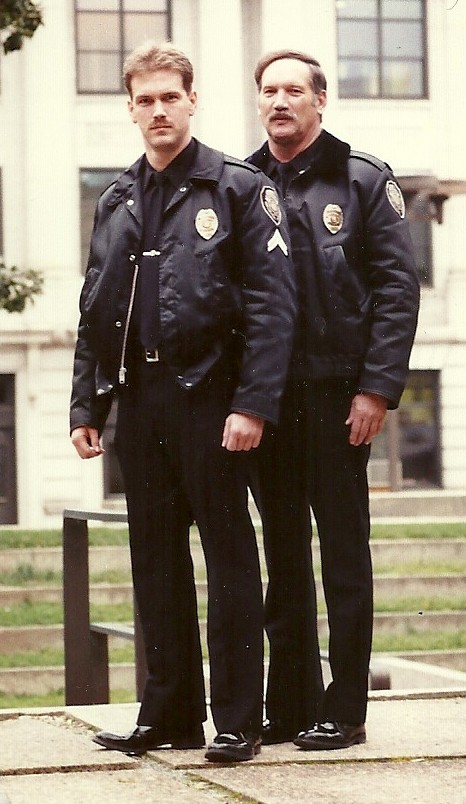The unopened carton of blueberries is covered in mold. It wasn’t buried in the back of the refrigerator where no one could see it. No, these babies were right up front on the eye-level shelf. To make matters worse, they were organic blueberries, more carefully cultivated and pricier than your run-of-the-mill berry. For weeks, my husband had been binging on the little blue orbs—tossing them on his Rice Krispies and ice cream—but these he never touched.
“Look,” I said, showing my husband the snow-like covered blueberries. “They’ve all gone bad. Why didn’t you eat any?”
“I’m on a new kick now,” he responded with a shrug. Opening his fist, he revealed a handful of Hershey Kisses. “Relax,” he added. “It’s just blueberries.”
Sure there’s the money, but my dismay goes beyond mere economics. Two years ago, my book club read Drawdown: The Most Comprehensive Plan Ever Proposed to Reverse Global Warming. Since the book is very dense and heavy on scientific research, we tackled it by each taking a section. I had food and agriculture. It turns out that food waste is the third greatest contributor to greenhouse gases globally. Not only does it squander valuable resources, but the decomposing organic matter releases dangerous gases into our atmosphere.
In the 1970s and 80s, I sometimes drove past a mile-long, 60-ft. ridge of garbage along the Belt Parkway. It looked and smelled awful, and I felt sorry for the poor people who lived nearby. NYC’s Department of Environmental Protection has since capped the landfill and planted native plants to create a park. But what lurks underneath? Do the toxic waste and organic matter continue to grow and pulsate beneath the surface, slowly releasing methane and CO2 through cracks in the cement, like the gases now escaping from the melting Arctic permafrost? The thought makes me shudder.
Despite world hunger, food waste is actually a global problem. According to Drawdown, however, little is wasted at the household level in low-income countries because it occurs early in the supply chain—bad roads, lack of refrigeration, poor packaging. But up to 35% of food in high-income economies is thrown out by grocers and consumers. We spurn imperfect fruits and misshapen vegetables in the produce section, overestimate how many meals we will cook, toss out milk that has soured or lasagna fermenting in the back of the refrigerator.
Kitchen efficiency has become a lost art. Growing up, my mother bought groceries once a week for a family of five, and food was stretched, massaged, and recombined to make three wholesome meals a day. Every ten days or so, she would serve “Aunt Irma’s Casserole Surprise,” a combination of whatever scraps she found in the refrigerator and cupboard. We never got the “think of the poor kids in Biafra” speech, but my father did share his experience of eating ketchup sandwiches during the Depression. He also liked to cite the Army’s mess hall motto: Take All You Want But Eat All You Take!
Today we live in a disposable society where everything gets thrown away, and I’m as guilty as anyone else. I insist on having two refrigerators, which increases our chances of stocking up on foods that will likely expire before we consume them. And while I share leftovers with family and friends, my spouse and I frequently “do our own thing.” Sometimes that means scrounging together a meal from what’s left in the fridge, but more often than not, one of us cooks something new or orders take-out.
“Hey,” I say to my husband as I dump the remnants of last week’s chicken stir-fry and some other now unrecognizable conglomerate of protein and saturated fat. “We really should try to reduce our carbon footprint. How about if I whip together Aunt Janet’s Casserole Surprise tonight?” My husband doesn’t respond; he just gives me the thumbs down, “no-way-Jose” look and pops another Hershey Kiss in his mouth.

